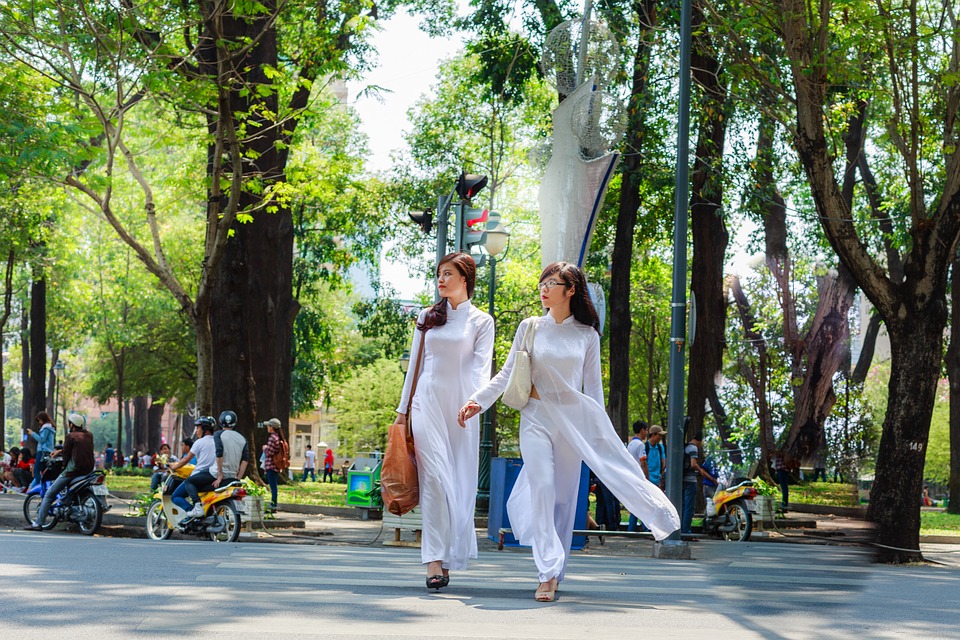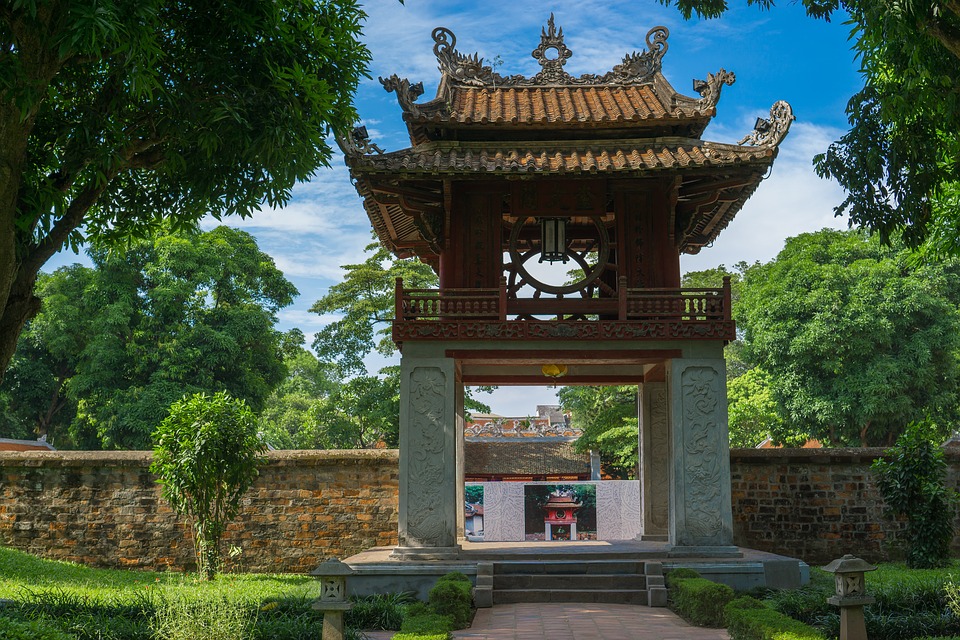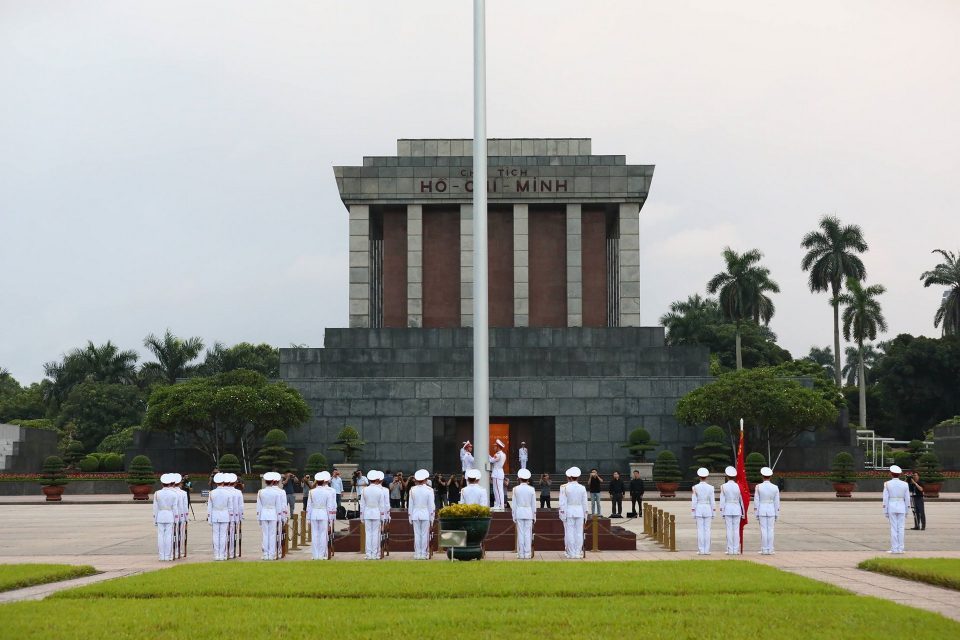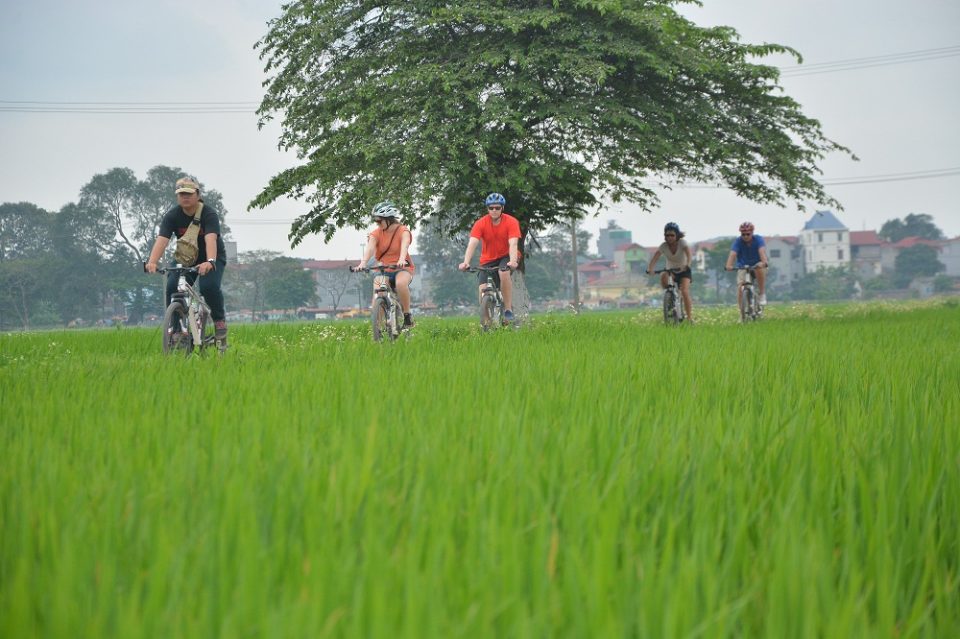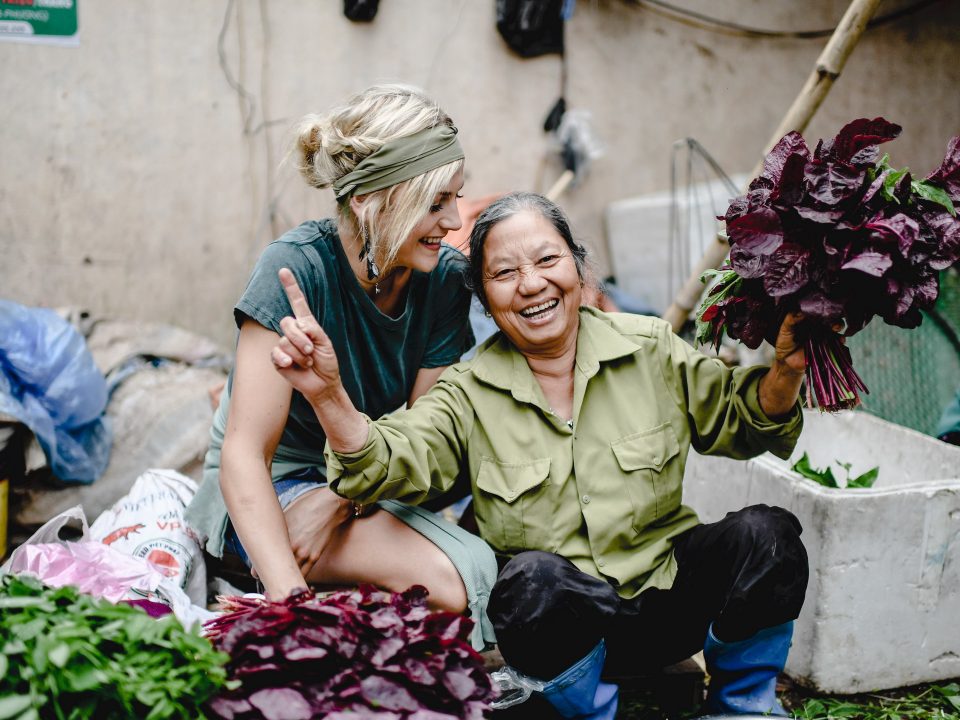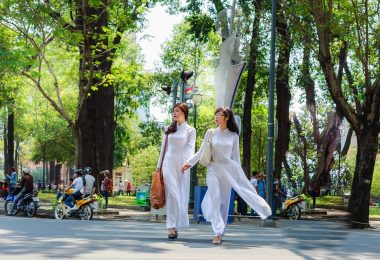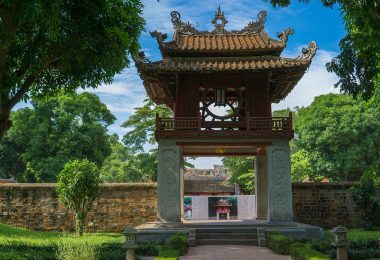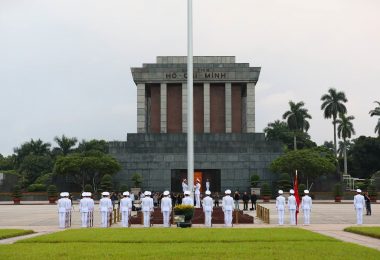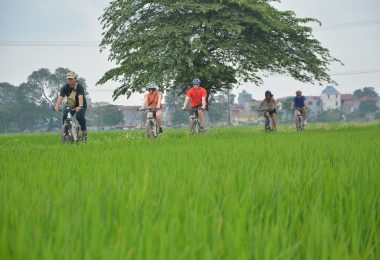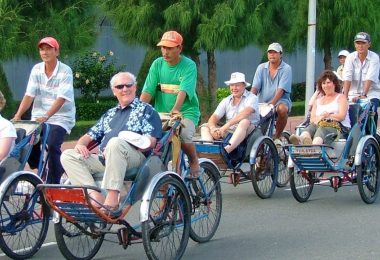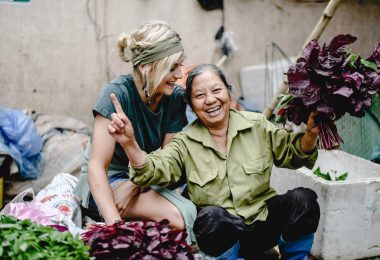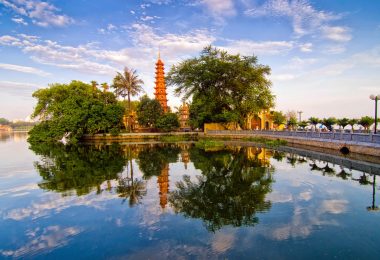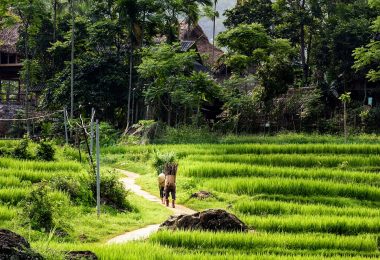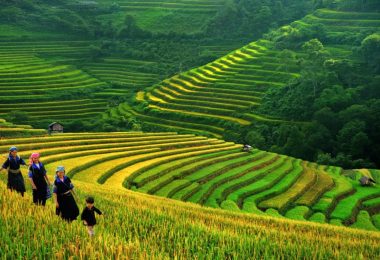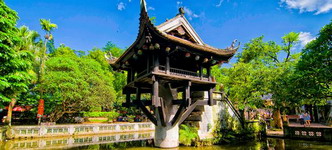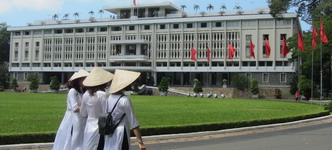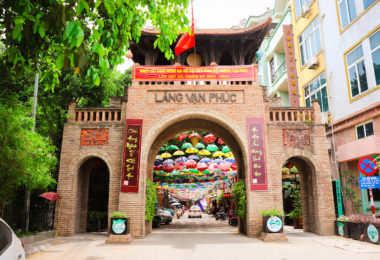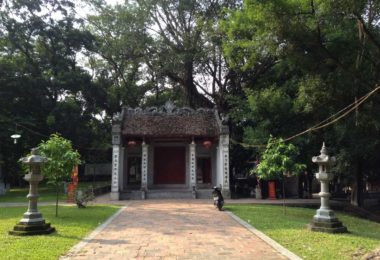Martial arts in Hanoi, like in many parts of Vietnam, encompass a rich and diverse range of traditions that reflect the country’s cultural heritage and historical development. From traditional Vietnamese martial arts to influences from neighboring countries and modern adaptations, Hanoi offers a unique perspective on the martial arts world. In this exploration, we will delve into the types of martial arts practiced in Hanoi, their historical foundations, and where enthusiasts and visitors can experience them firsthand.
Types of Martial Arts in Hanoi
Vovinam
Description: Vovinam is a Vietnamese martial art known for its practical self-defense techniques, including punches, kicks, grappling, and joint locks. It emphasizes both empty-hand techniques and weapon use.
History: Founded in 1938 by Nguyễn Lộc, Vovinam was developed as a synthesis of traditional Vietnamese martial arts and influences from other martial arts styles. It was designed to be practical and adaptable for various combat situations.
Where to See: Vovinam schools are widespread in Hanoi, offering regular classes for all levels. Demonstrations are commonly held during cultural events, national holidays, and martial arts festivals.
Viet Vo Dao
Description: Viet Vo Dao, or Vo Dao Vietnam, is a comprehensive Vietnamese martial art system that integrates striking, grappling, and weapon techniques. It emphasizes spiritual and philosophical aspects alongside physical training.
History: Viet Vo Dao traces its roots to ancient Vietnamese martial arts and was formally organized in the 1930s by various masters to unify and preserve traditional martial arts practices in Vietnam.
Where to See: Martial arts schools and clubs across Hanoi offer Viet Vo Dao training. Cultural events and martial arts competitions often feature impressive Viet Vo Dao demonstrations, showcasing its rich heritage and technical diversity.
Bình Định Martial Arts
Description: Originating from the Bình Định province in central Vietnam, Bình Định Martial Arts focus on both armed combat (using swords, sticks, etc.) and empty-hand techniques (striking, grappling).
History: Bình Định Martial Arts have a long-standing tradition dating back centuries. They are named after their place of origin and have been passed down through generations.
Where to See: While primarily practiced in Bình Định province, demonstrations of Bình Định Martial Arts can sometimes be witnessed during cultural festivals and exhibitions in Hanoi.
Traditional Wrestling (Vật Cổ Truyền)
Description: Traditional Vietnamese wrestling emphasizes grappling techniques, throws, and ground control. It showcases the strength, agility, and technique of its practitioners.
History: Wrestling has ancient roots in Vietnam, serving both as a sport and as training for military personnel throughout history.
Where to See: Wrestling matches are occasionally featured in local festivals and events in Hanoi, providing spectators with an authentic glimpse into this traditional martial art.
Muay (Thai Boxing)
Description: Muay Thai, or Thai Boxing, though not originally Vietnamese, has gained popularity in Vietnam, including Hanoi. It is known for its powerful strikes using fists, elbows, knees, and shins.
History: Originating from Thailand, Muay Thai has become a global martial art, admired for its efficiency and conditioning methods.
Where to See: Some gyms and martial arts centers in Hanoi offer Muay Thai training. Competitions and exhibitions featuring Muay Thai fighters are occasionally organized during international sports events and cultural festivals.
Karate
Description: Karate is a Japanese martial art known for its striking techniques using punches, kicks, knee strikes, and elbow strikes, as well as open-hand techniques.
History: Karate originated in Okinawa, Japan, blending indigenous Ryukyuan martial arts with Chinese martial arts influences. It later spread to mainland Japan and worldwide.
Where to See: Some martial arts schools and fitness centers in Hanoi offer Karate classes, focusing on various styles such as Shotokan, Goju-Ryu, and Wado-Ryu. Karate tournaments and demonstrations may also be featured during international martial arts events and cultural exchanges.
Judo
Description: Judo is a Japanese martial art that emphasizes throws, joint locks, and pins, aiming to subdue opponents using their own strength and momentum.
History: Founded by Jigoro Kano in Japan in 1882, Judo evolved from traditional Japanese jujutsu and became an Olympic sport in 1964.
Where to See: Judo training and competitions are occasionally organized in Hanoi, particularly at sports clubs and universities. Demonstrations of Judo techniques may also be included in martial arts exhibitions and international sporting events.
Taekwondo
Description: Taekwondo is a Korean martial art known for its emphasis on high and spinning kicks, as well as fast kicking techniques.
History: Developed after the end of Japanese occupation of Korea, Taekwondo was formally established in the 1950s and has since become a global martial art practiced by millions.
Where to See: Taekwondo schools and training centers in Hanoi offer classes for all ages and skill levels. Competitions, belt tests, and demonstrations are held regularly, showcasing the agility and precision of Taekwondo practitioners.
Wushu
Description: Wushu, also known as Chinese Kung Fu, encompasses a wide range of Chinese martial arts styles, including both traditional forms and modern competitive forms.
History: With roots dating back thousands of years, Wushu has evolved through various dynasties and regional influences in China. It includes forms (taolu) and sparring (sanda).
Where to See: While primarily Chinese, Wushu is practiced and showcased internationally, including in Hanoi during cultural exchanges, martial arts festivals, and sports events.
Aikido
Description: Aikido is a Japanese martial art that focuses on redirecting an opponent’s force and using joint locks and throws to neutralize attacks.
History: Founded by Morihei Ueshiba in the early 20th century, Aikido emphasizes harmony and non-aggressive resolution of conflict.
Where to See: Some martial arts dojos in Hanoi offer Aikido training, focusing on principles of circular motion, blending with an opponent’s energy, and controlling techniques.
Foundation and Development of Martial Arts in Hanoi
Historical and Cultural Context
Martial arts in Hanoi are deeply intertwined with Vietnam’s history, culture, and social fabric:
Ancient Roots: Vietnamese martial arts have evolved over millennia, influenced by indigenous traditions, Chinese martial arts, and regional Southeast Asian styles.
Feudal Era: During periods of dynastic rule, martial arts were essential for military training and defense, with distinct styles emerging across different regions of Vietnam.
Colonial Era: French colonization introduced Western sports and military training, impacting traditional martial arts practices but also spurring efforts to preserve and adapt them.
Modern Revival: Post-independence, there was a concerted effort to revive and promote traditional martial arts as part of Vietnam’s cultural heritage and national identity.
Cultural Exchange: Hanoi’s martial arts landscape has been enriched by cultural exchanges with Japan, Korea, China, and other countries, fostering the adoption and adaptation of various martial arts styles.
Globalization: In an increasingly interconnected world, Hanoi serves as a hub where traditional martial arts are preserved alongside contemporary practices, reflecting global trends and influences.
Educational Institutions: Universities and sports clubs in Hanoi play a pivotal role in promoting and teaching martial arts, contributing to the development of skilled practitioners and fostering international friendships through martial arts exchanges and competitions.
Cultural Significance and Philosophy
Martial arts in Hanoi embody cultural values beyond combat techniques:
Discipline and Respect: Training in martial arts instills discipline, respect for teachers, and humility among practitioners, fostering a sense of community and camaraderie.
Philosophical Foundations: Many martial arts styles in Hanoi incorporate philosophical teachings that emphasize harmony, balance, and self-improvement, reflecting broader cultural values.
Values and Ethics: Martial arts in Hanoi, whether Vietnamese, Japanese (Karate, Judo, Aikido), Korean (Taekwondo), or Chinese (Wushu), promote values such as discipline, respect, perseverance, and humility among practitioners.
Integration and Diversity: The practice of diverse martial arts styles in Hanoi reflects a commitment to cultural diversity and mutual respect, encouraging cross-cultural understanding and collaboration through shared martial arts experiences.
Where to Experience Martial Arts in Hanoi
Visitors and enthusiasts can immerse themselves in Hanoi’s martial arts scene through various avenues:
Martial Arts Schools: Numerous schools throughout Hanoi offer training in Vovinam, Viet Vo Dao, and other traditional martial arts. Some schools cater specifically to international students interested in learning Vietnamese martial arts.
Cultural Performances: Festivals, cultural events, and martial arts exhibitions regularly feature demonstrations of various martial arts styles, providing opportunities to witness skilled practitioners in action.
Historical Sites: Certain martial arts schools and cultural centers in Hanoi have historical significance, offering insights into the evolution of martial arts practices and their cultural contexts.
Community Events: Local communities organize martial arts tournaments, workshops, and public demonstrations, allowing visitors to engage with practitioners and experience the vibrant martial arts culture firsthand.
Training Centers: Numerous martial arts schools, dojos, and training centers across Hanoi offer classes in Karate, Judo, Taekwondo, Aikido, and Wushu, catering to both local residents and international visitors.
Competitions and Demonstrations: Local and international martial arts tournaments, exhibitions, and cultural performances regularly feature demonstrations of various martial arts styles, providing opportunities for spectators to witness skilled practitioners in action.
Community Involvement: Martial arts communities in Hanoi actively organize workshops, seminars, and public events to promote martial arts education, cultural exchange, and friendship among practitioners from different backgrounds.
Martial arts in Hanoi encompass a diverse array of styles and practices, reflecting both local traditions and global influences. From Vietnamese martial arts like Vovinam and Viet Vo Dao to Japanese (Karate, Judo, Aikido), Korean (Taekwondo), and Chinese (Wushu) martial arts, Hanoi offers a rich tapestry of opportunities for enthusiasts and visitors to explore and experience various martial arts disciplines. Whether participating in training sessions, attending cultural performances, or observing competitions and demonstrations, Hanoi invites individuals to engage with martial arts as a means of physical fitness, cultural appreciation, and personal development within the vibrant martial arts community of Southeast Asia.
Don’t forget to regularly follow our Facebook page and Website for more interesting information about traveling to Hanoi and to book Hanoi tours at the best prices.





























